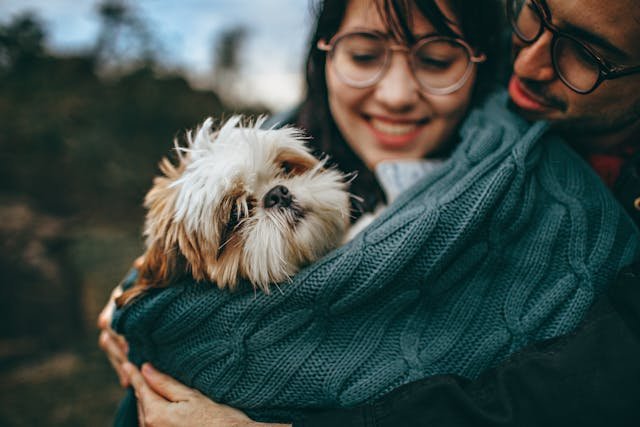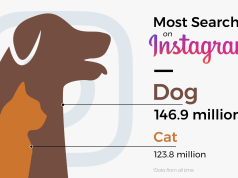4 Steps to Help Your Pet Recover from Spay and Neuter Surgery
To ensure a smooth recovery for your pet following spay or neuter surgery, it’s important to follow these essential 4 steps. By implementing these tips, you can help guarantee your pet’s comfort, promote their overall health, and facilitate a speedy recovery.
Spaying and neutering are common procedures for pets, promoting health benefits and helping to control the pet population. While these surgeries are routine, your pet will need proper care and attention during the recovery period to ensure a smooth and swift healing process. Here are four essential steps to help your pet recover from spay and neuter surgery.
Table of Contents
1. Create a Comfortable Pet Recovery Space
Why it’s important: After surgery, your pet will need a quiet, comfortable space to rest and recover. This helps reduce stress and prevents unnecessary movement that might interfere with the healing process.
How to do it:
- Choose a quiet area: Select a low-traffic area in your home where your pet can relax without being disturbed by loud noises or other pets.
- Provide a cosy bed: Ensure the bed is soft, clean, and large enough for your pet to lie down comfortably. Adding extra blankets can make the space cosier.
- Limit access: Use baby gates or closed doors to restrict your pet’s movement and prevent them from jumping on furniture or climbing stairs.
- Keep it clean: Maintain cleanliness in the recovery area to prevent infection. Change bedding regularly and ensure food and water bowls are clean.
2. Monitor and Manage Pain

Why it’s important: Pain management is crucial for your pet’s comfort and recovery. Unmanaged pain can slow the healing process and cause unnecessary suffering.
How to do it:
- Follow veterinary instructions: Administer pain medications as prescribed by your veterinarian. Do not give human pain relievers to your pet as they can be harmful.
- Watch for signs of pain: Common signs include whining, restlessness, reluctance to move, and changes in behavior. If you notice these signs, contact your vet for advice.
- Use an Elizabethan collar: Also known as a cone, this prevents your pet from licking or biting the surgical site, which can cause pain and lead to infection.
3. Monitor the Surgical Site
Why it’s important: Monitoring the incision site helps ensure it’s healing properly and allows you to catch any signs of infection early.
How to do it:
- Inspect daily: Check the incision site at least once a day. Look for redness, swelling, discharge, or any unusual odour, which can indicate infection.
- Prevent licking and biting: Use an Elizabethan collar or a surgical suit to prevent your pet from disturbing the incision site.
- Keep it dry: Avoid bathing your pet or allowing the incision site to get wet until your vet gives the all-clear.
- Report issues to your vet: If you notice any signs of infection or if the incision doesn’t seem to be healing, contact your veterinarian immediately.
4. Gradual Return to Activity
Why it’s important: Gradually reintroducing activity helps ensure the incision heals properly and reduces the risk of complications from too much movement too soon.
How to do it:
- Follow vet guidelines: Your veterinarian will provide specific instructions on when and how to reintroduce activity. Typically, pets need about 10-14 days of restricted activity.
- Start slow: Begin with short, controlled walks on a leash. Avoid running, jumping, or playing until your vet approves.
- Monitor your pet: Watch for signs of fatigue or discomfort. If your pet seems tired or in pain, reduce activity and allow more rest.
- Provide mental stimulation: Use puzzle toys or treat dispensers to keep your pet mentally engaged without requiring physical exertion.
Conclusion
Proper post-surgery care is crucial for your pet’s recovery after spay or neuter surgery. By creating a comfortable recovery space, managing pain, monitoring the surgical site, and gradually reintroducing activity, you can help ensure your pet heals quickly and comfortably. Always follow your veterinarian’s advice and reach out to them with any concerns. Your attentive care will make all the difference in your pet’s recovery journey.
You May Like: Top 10 Essential Products for Pet Must-Have for Pet Lover
For more pet care tips and advice, visit Buy Sell Pet.
By following these four steps, you can provide the necessary care and attention your pet needs to recover from spay and neuter surgery, ensuring a healthy and happy life ahead.








